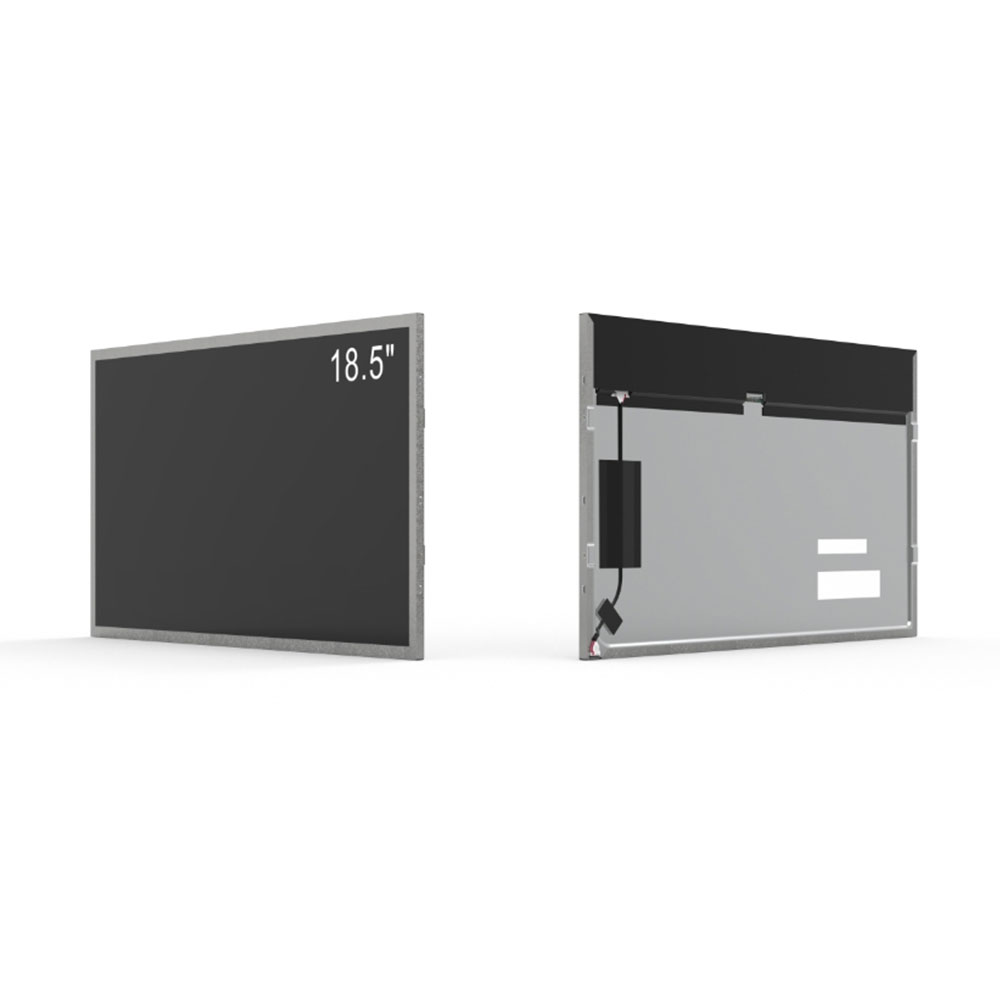In industrial, military, transportation, and outdoor environments where ambient light levels are extremely high, standard LCD screens often fail to deliver visibility. To address this challenge, sunlight readable high brightness LCD displays—such as the 15”, 17”, and 19” models—are engineered with specialized technologies to ensure clear readability even under direct sunlight. These displays are not just about brightness—they combine advanced optical design, anti-glare coatings, adaptive backlighting, and high-contrast panels to meet real-world performance demands.
The display ratio of 4:3 is particularly valuable in legacy systems and mission-critical applications like medical equipment, embedded control panels, and field service tools where vertical space is crucial for displaying detailed data without horizontal scrolling. A 15” 4:3 display typically offers a resolution of 1024x768 (XGA), making it ideal for control interfaces requiring text clarity and icon precision. Larger 17” and 19” variants (with resolutions up to 1280x1024) provide enhanced screen real estate for complex dashboards, video monitoring, or multi-tasking environments such as mobile command units or ruggedized workstations.

To achieve sunlight readability, these displays use luminance levels ranging from 2000 to 5000 nits—far beyond consumer-grade screens that max out at 500 nits. This is achieved through high-efficiency LED backlights, optimized diffuser films, and proprietary polarizer stacks that reduce internal reflections. Some manufacturers incorporate automatic brightness adjustment (ABA) using ambient light sensors to dynamically maintain optimal contrast while minimizing power consumption—an essential feature for battery-powered or solar-recharged devices.
Industry standards such as MIL-STD-810G for environmental durability, IP65 ingress protection for dust and water resistance, and CE/FCC compliance ensure reliability across diverse conditions—from desert heat to Arctic cold. For example, a 19” sunlight readable display deployed on a construction site in Dubai must withstand 60°C ambient temperatures and resist sand abrasion, while a 15” unit in an ambulance must function reliably during rapid acceleration and vibration.
Case studies from defense contractors, logistics providers, and OEMs show that integrating a 4:3 ratio with high brightness (≥3000 nits) significantly reduces operator fatigue and increases task efficiency by up to 35% compared to standard displays. In summary, choosing the right 15”, 17”, or 19” sunlight readable LCD isn’t just about size—it’s about selecting a system that delivers visual clarity, robustness, and long-term operational value under extreme conditions.







